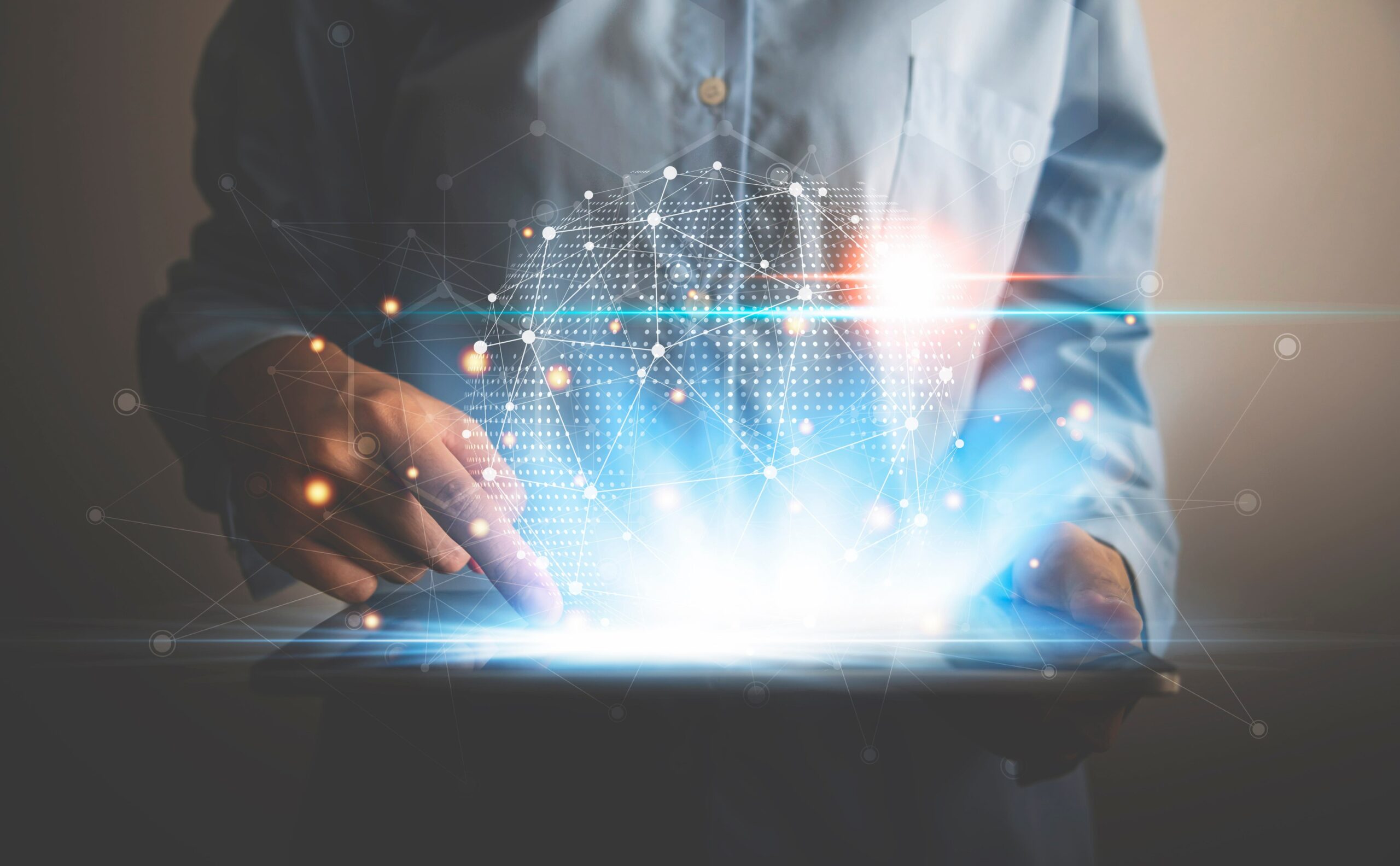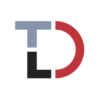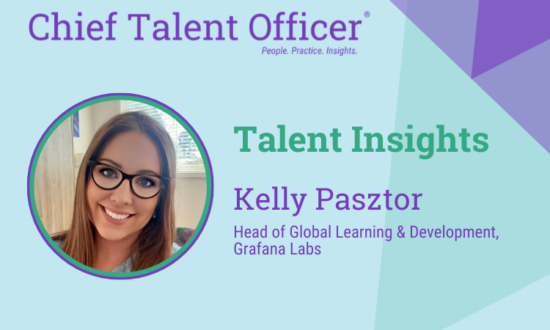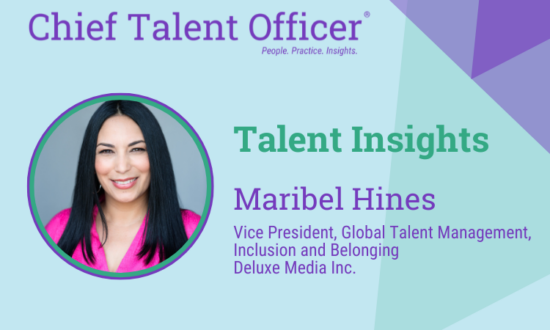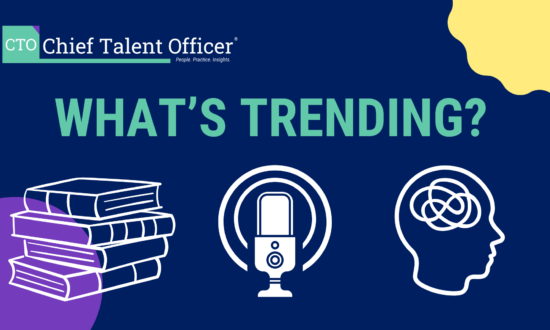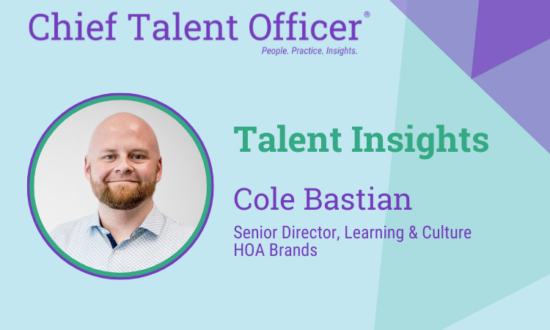For centuries crystal balls have been objects connected with clairvoyance, fortune-telling and predicting the future. Looking into the crystal ball, or the process of “seeing” into it, is known as scrying – where the individual claims to see images, such as water, and interprets the images into meaningful information used to make important decisions, disclose revelations or reveal prophecies.
Whether from books, movies, cartoons or storytelling, many of us have been exposed to the idea of crystal balls and, if you are like me, have wished on more than one occasion it existed to give you guidance in your career, insight into compatibility with a new relationship, or a glimpse of the next mega-millions lottery numbers. Believing in scrying or the existence of future-telling crystal balls is not necessary to wish their existence.
Although mass production of future predicting crystal balls hasn’t happened (yet) and the art and skillset of scrying seems to be limited to very few, it doesn’t mean we don’t already have access to a tool that can’t provide similar benefits – maybe not to tell us the future, but it can ready us for the future.
It may not be crystal and may not be in the shape of a ball (more like an oval for many), but every single one of us has access to the next best future-readiness tool every single day. And it’s just sitting on our shoulders, patiently waiting for use.
Change is the new normal
Volatility, uncertainty, complexity and ambiguity, otherwise known as VUCA, is our new normal. Change is happening at an exponential rate, faster than we’ve experience before. The past three years were transformative, frightening and disruptive. Continuous turbulences were the focal points of 2020 and 2021, but 2022 has seemingly taken the same path. Unexpected circumstances and challenging situations test our resilience and flexibility. They force us to adapt, learn new skills and adopt different mindsets.
But the more we learn to be agile and not panic when surprises shake us to the core, the more we can confront hardships courageously and use them to our advantage. As leaders, we can support our talent by helping them prepare for the future with tools for adapting to transformations and difficulties.
After all, challenging events from the past two years remind us of the importance of being ready for the unexpected and responding adequately. Because of that, this is the best time to develop the future-ready workforce.
What is the future-ready workforce?
The future-ready workforce is prepared for the unexpected by having the capabilities, knowledge and skills to meet future challenges, capitalize on emerging opportunities and weather obstacles that may be unimaginable today. These professionals are flexible, resilient and adaptable.
Moreover, a future-ready workforce knows the paramount importance of lifelong learning and building enduring competencies. Thanks to that, they thrive in times of instability and misfortunes.
When confronted with the unknown, the future-ready workforce maintains a positive mindset and aims to understand how to adjust to the changes and make the most of them. These professionals know how to respond to disruption and use their skills and knowledge to handle the aftermath. They take the initiative, embrace new technologies and allow their curiosity to drive them.
The future-ready workforce possesses imagination, resilience, empathy, creativity, emotional intelligence, social intelligence, critical thinking, adaptive thinking, sense-making and communication skills. They have the abilities machines will likely never perform like humans.
That makes the future-ready workforce necessary and irreplaceable. It is our responsibility to develop our workforce with this mindset and these capabilities. And it starts with the one skill no one is talking about: future literacy.
Future literacy – the skill needed for a future-ready workforce
Since 2012, UNESCO has advocated for people all over the world to harness the power of understanding how to imagine the future and why it is necessary, otherwise known as being future literate. Through their structured Futures Literacy Laboratory, UNESCO aims to spread awareness on future literacy and believes:
“When people are capable of deciding why and how to use the future, they become better able to detect and create the otherwise invisible – innovation and transformation. They are more at ease with novelty and experimentation. Less anxious about uncertainty. Humbler about controlling the future. More confident about being able to comprehend and appreciate the potential opened up by change. ”
Future literacy allows us to comprehend the role of the future. It is a skill that makes it easier to navigate a rapidly changing and volatile world. As described by UNESCO, future literacy is a “universally accessible skill that builds on the innate human capacity to imagine the future, offers a clear, field tested solution to poverty-of-the-imagination.”
Most people are not familiar with future literacy. Or if they are, they may believe it means to predict the future. Instead, future literacy is a skill we can use to analyze transformations and the interconnection between technologies, society, economics and organizations. Thinking big picture instead of focusing on details, abstract processing, and uncovering what’s not visible on the surface are the principal elements of future literacy.
Future literacy, or any form of future studies, is closely associated with the discipline of anticipation. Anticipation, afterall, is “a means to imagine actions that can only be tested once the future reality happens.” The discipline of anticipation is the ability to become aware of assumptions about the future. When we imagine different futures, we can become aware of our ability to shape and create new anticipatory assumptions. Shifting our ability to anticipate from an unconscious to a conscious state is the start of becoming futures literate.
Cultivate future-ready mindsets and values in the workplace
People often fear the future and avoid thinking about it because they don’t know what it may bring. However, that prevents them from preparing and developing necessary skills and knowledge.
Nurture a future-oriented mindset and values in the workplace by making employees excited about the future, keeping them in touch with the trends and embracing new technologies. Teach them how to use emerging tech and provide data on what skills and capabilities are essential for the future.
Provide workshops and short videos that analyze current events and what may happen in the coming years. Encourage your employees to be open-minded and forward-thinking to reduce fear of the unknown and increase excitement about future possibilities.
Some universities, such as the University of Turku, already have Futures Guidance and Futures Literacy subjects that uses a pedagogical toolkit and futures research to help the students understand an uncertain realm. As talent development leaders, we should offer the same.
Create a future literacy program for your organization. Include components such as design thinking, which encourages innovation and brainstorming. Scenario thinking, critical thinking, and innovation are three skills that encourage talent to learn how to develop big picture thinking, understand the complex reality, and how one event can create a wave that will shape the future.
Future literacy workshops and training are an effective method to provide employees with skills that help them understand the formulation of desires towards their personal lives and careers.
To imagine is to prepare
“We live in a world where the possibilities are only limited by our imagination.” Ron Garan, NASA astronaut.
Philosophers have posed the question, if we can’t imagine it, how can it be? The concept of future literacy helps your talent tap into their individual crystal ball, otherwise known as their imagination, to build a picture of what a future could look like which improves their ability to prepare and recover as change is occurring.
Being skilled at “using the future” or becoming futures literate is possible for one simple reason: The future does not yet exist – it can only be imagined.
The future-ready workforce is adaptable, curious, resilient and agile. It drives innovation and helps people find opportunities within challenges. But developing this type of workforce takes time, preparation and patience.
Start with making people enthusiastic about what the coming years might bring and clarifying how emerging technologies can improve lives and help them perform their jobs more efficiently. Nurture future-ready values and make them a part of your company culture to inspire employees and entice them to seek knowledge and opportunities even when faced with unprecedented challenges.
Imagining the future helps us imagine an array of possibilities and prepare ourselves. It is a weapon against uncertainty because it empowers us to use the future effectively and feel prepared.
Most people fear the future because it’s uncertain and perplexing. But futures literacy helps us grow our awareness, expand our imagination and understanding of the world. By doing so, we free ourselves from the chains of living in fear of the future because it allows us to identify and make sense of the unknown and novelty.
By resembling reading and writing literacy, future literacy reminds us that it’s a skill everyone can acquire. Afterall, as Malcom X once said, “The future belongs to those who prepare for it today.”




